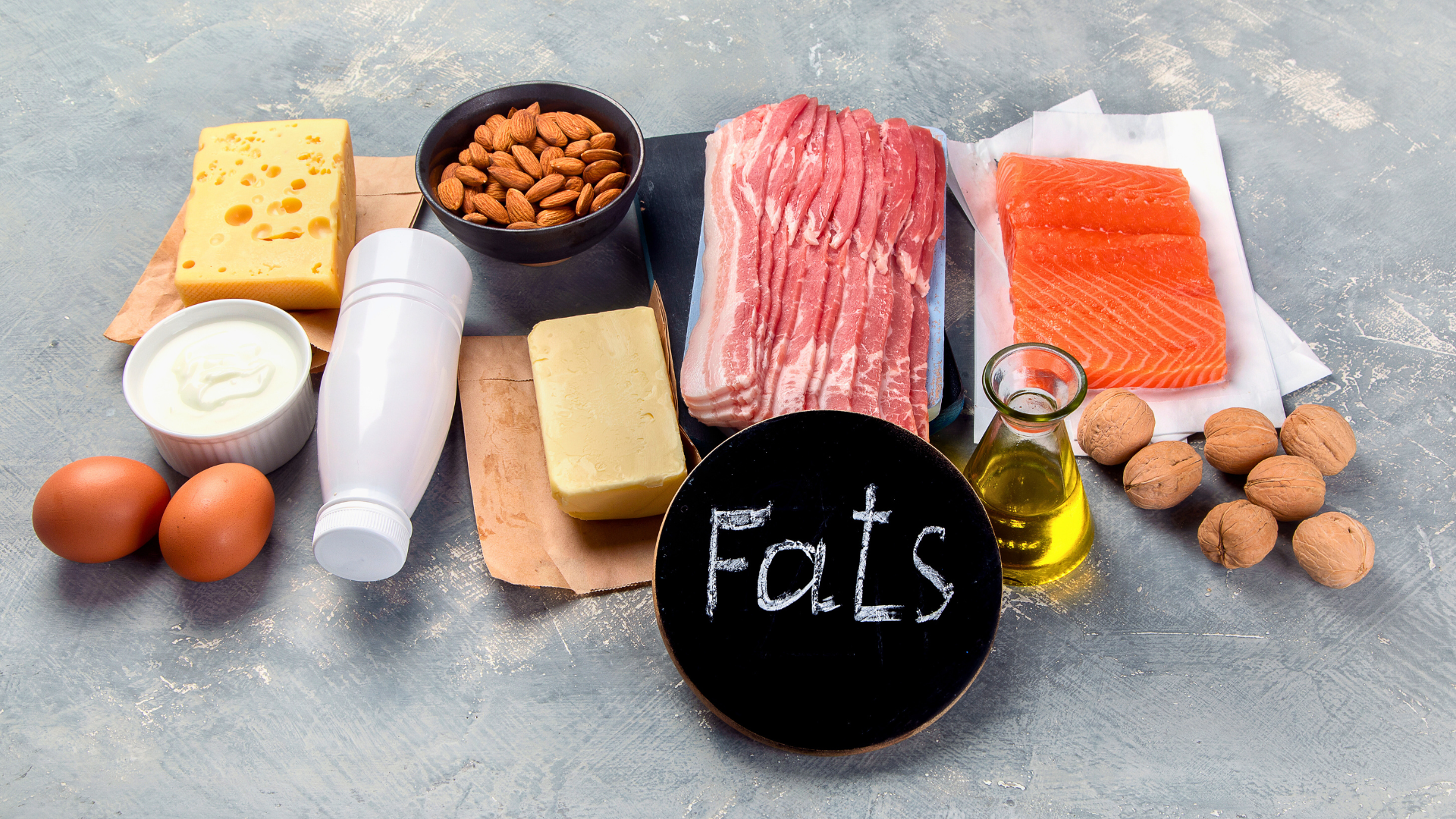Habit Formation and its Application to Lifestyle Patterns such as Diet and Exercise
Key Points
- Habit formation is encouraged by attitudes, goals, and motivation to attain desired outcomes.
- Habit maintenance is governed by the coexistence of salient environmental cues in a friction-minimizing context and with adequate reward mechanisms, which will make the habit easy and enjoyable to repeat.
- Habit slips can normally happen under stressful and other unfavourable conditions, but applying effective strategies can create concrete habit change towards adopting good habits.
We, as humans, are all creatures of habit. From drinking coffee in the morning to brushing our teeth before bed, much of our lives are driven by habits. Habits are thus these default responses, or more articulately, a specific behaviour's sufficiently frequent or consistent performance in a stable context. Some habits persist for longer periods in the natural course of life, whereas others are not maintained. Habits are essential in regulating desirable everyday behaviour or consolidating long-term behaviour change. However, habits may decay when they are no longer activated or are replaced by other actions.
Habit Formation
Behavioural scientists who study habit formation say that most of us try to establish healthy habits incorrectly. For instance, we make bold resolutions to start exercising or lose weight without taking the steps needed to set ourselves up for success.
To begin with, positive, strong, and stable attitudes can be an important starting point for behaviour change, especially if the behaviour is something a person really wishes to form. If successful, such change may be consolidated by turning the newly formed behaviour into a habit (habit formation). Therefore, when we do something new, and it works, or we like it, this behaviour will likely be repeated and ultimately become habitual.
Furthermore, goals influence habit formation by energizing and directing action toward a desired end state. For example, if we decide to start eating one fruit every morning, we can actively manage our context accordingly by placing it on the nightstand before bed. Since everyday habits develop as people pursue life goals, habit formation is a product of repeated behaviours in the service of goal pursuit.
Although attitudes and goals play an essential role in habit formation, once habits are established, they get automatically activated by context cues independent of attitudes or motivation. Various cues, including locations, particular people, visual cues, and existing good habits, might trigger habit performance. For example, existing good habits, such as having breakfast, can be utilized to more easily stack new habits, such as by supplementing this breakfast with fruits.
Apart from cues, habit formation also strengthens through reward-learning mechanisms. Using rewards (extrinsic or intrinsic motivation) can also promote habit formation. Extrinsic rewards, especially when uncertain or unexpected, encourage habit formation by engaging dopamine systems. More specifically, dopamine signals promote habit learning as people repeat responses to extrinsic rewards, such as praise from a friend for going to the gym.
Furthermore, adopting a new habit may be rewarding (intrinsic motivation) because it makes life easier by eliminating the need for new learning or decision-making (reduced mental effort). Intrinsic rewards are generally superior to external rewards for habit formation.
Overall, habit formation is crucial since it accumulates specific features, such as frequency, thus speed, and fluency, as well as the simplicity of the behaviour, that are more likely to favour the habit over other alternatives.
Habit Maintenance
For good and constructive behaviours that serve desired goals, such as adhering to a diet or taking up regular exercise, the longevity of the behaviour is desirable, and habit formation is crucial. Once established, habits are not easily influenced by the distraction caused by tempting alternative courses of action, stress, fatigue, or lack of motivation. They are characterized by automaticity and a lack of awareness; they directly happen due to recurring environmental cues without being consciously guided by goals, rewards, intentions, and attitudes anymore.
Therefore, individuals who form and maintain good habits can pursue desired outcomes with minimal effort. In other words, habit maintenance makes life work better for the individual and protects goal accomplishment, particularly under depleted mental resources when good habits might otherwise be derailed. So, if, for whatever reason, an individual is less capable of exerting willpower to accomplish desired outcomes, habits become the default behaviour; thus, procrastination and rationalization can be avoided.
If, on the other hand, those behaviours have not been turned into habits, they are vulnerable to attitudinal fluctuations, temptations, or rationalizations, hence the possibility of falling back on bad or undesirable habits.
Habit Slips
Everyone tends to fall back on existing bad habits when they lack the capacity or motivation to make decisions that align with their goals. Habit slips do not happen due to unfavourable attitudes or lack of motivation. They are especially likely to occur when various factors reduce the motivation or ability to deliberately pursue desired goals and thus tip the balance towards relying on bad habits. Such factors include distractions, time pressure, stress, addictions, limited task ability, and limited willpower.
Although an ideal scenario would be to keep your good habits one hundred percent of the time, this is highly unlikely to be the case since recurring environmental cues of the bad old habits continue to be activated automatically. However, habit slips are not always bad and should not disappoint the individual, let alone when people can quickly and consciously get back on track.
To more efficiently manipulate possible habit slips, the individual should be able to recognize and troubleshoot the reasons that triggered them, as well as move away from the obstacles that disrupted the routine around this habit.
Habit Change
Bad habits may change or be overcome with sufficient motivation, strong attitudes, and opportunities. Therefore, unless we are distracted, stressed, or fatigued, we can effortfully discontinue a bad habit and think about better alternatives. For example, when existing habits conflict with our current goals, we can use these goals to inhibit the bad habit. This process is cognitively demanding, though, and requires awareness and motivation to deliberately inhibit the bad habit.
Habit change depends on three core processes: a) disrupting cues associated with bad habits, b) structuring the environment to make it easy to repeat beneficial habits in stable contexts, and c) linking desired habits to rewards (extrinsic, such as praise from a friend and/or intrinsic, such as the sense of self-esteem and confidence for adopting a good habit).
We are more likely to change a bad habit, such as eating a lot of fast food or sitting too much with a good one, such as eating fruits and vegetables or exercising, if we apply appropriate strategies toward that goal. More specifically, if we restructure our environment to make the good habit easily repeatable in a stable context devoid of temptations and to disrupt antagonistic habits and their cues and make the good habit rewarding, we have exploited the core mechanisms for long-term habit change.
Therefore, breaking bad habits is less about how much one intends to change behaviour and more about whether one eliminates or disrupts the specific cues associated with the undesired habit. For example, we can modify our environment to make it easy and convenient to eat fruit instead of a sweet by eliminating sweets from our drawers and fridge and leaving fruits on a very visible site in our home (e.g., counter). We can also establish a consistent time and location for exercise each day or some days per week. Lastly, we can find ways to reward ourselves for eating healthy and exercising by emphasizing aspects of the habit that are immediately and unexpectedly rewarding (e.g., a sense of accomplishment or stress relief from constantly looking for food to order).
Strategies to Avoid Bad Habits
The most straightforward strategy to avoid or change an unwanted habit is to monitor the behaviour and the circumstances of its occurrence and effortfully try to inhibit the performance of the habit. This process, known as vigilant monitoring, is the most effective strategy to inhibit unwanted habits. For example, if you go out for dinner and mostly eat junk food, you can hinder this bad habit by having cooked and eating at home before going out. Also, if you return home after work and do not have the willpower to go to the gym, you can have the training bag with you so that you go straight after work instead of crashing out on the sofa watching Netflix.
Another critical tool to diminish the likelihood of a bad habit is reducing friction for a more desired course of action by making it simpler, i.e., breaking it into small, achievable, more readily available steps. In other words, to manipulate the environment to increase the likelihood of frequent and consistent execution of the desired habit and minimize the possibility of the antagonistic habit. For example, people are more likely to grab food items nearer to them, even if preferred items are available further away. This arrangement promotes healthier eating habits if the nearby items constitute good-quality food and the less proximate low-quality food.
Overall, the creation of new habits which may ultimately lead to lasting behaviour change requires consistent repetition in a stable, friction-minimizing context with solid environmental cues and adequate reward mechanisms.
Habits are crucial in terms of valued long-term goals related to diet, exercise, and overall well-being, and they can support or hinder their achievement. By understanding habit mechanisms and building interventions to change such lifestyle behaviours, we may successfully disrupt unwanted habits, such as poor diet and limited exercise, and help people to form better ones that meet their goals for healthy, productive lives.
An Ounce of Prevention - Hyperion Health Blog




